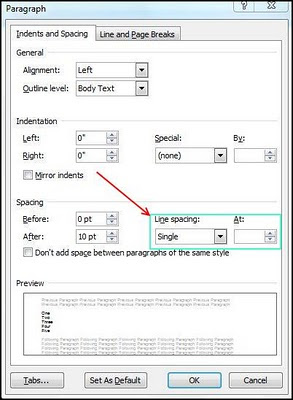 The first thing you notice is there are dogs everywhere. Here is a young yellow lab in training.
The first thing you notice is there are dogs everywhere. Here is a young yellow lab in training. In the past, different breeds have been used in the program, including German Shepherds and even Poodles. Today, Guide Dogs for the Blind uses 80 percent labs, either black or yellow, with some Golden Retrievers or Lab/Golden crosses.
In the past, different breeds have been used in the program, including German Shepherds and even Poodles. Today, Guide Dogs for the Blind uses 80 percent labs, either black or yellow, with some Golden Retrievers or Lab/Golden crosses. The graduation ceremony is very special. The dog has passed a special training program of several months, and the legally blind student has spent time living on campus in a dorm, getting acquainted with the dog, and learning how to care for and work with it as a partner in life. Here, on stage, the people who raised the dog as a pup have an opportunity to transfer it to its new owner. There is joy and pride and many tears all around.
The graduation ceremony is very special. The dog has passed a special training program of several months, and the legally blind student has spent time living on campus in a dorm, getting acquainted with the dog, and learning how to care for and work with it as a partner in life. Here, on stage, the people who raised the dog as a pup have an opportunity to transfer it to its new owner. There is joy and pride and many tears all around.
Puppy raisers are a special breed themselves. Getting their new charges at 7-8 weeks, they lovingly raise them indoors, socializing them and getting them used to as many new situations as they can. At age 14-16 months, the dogs are returned to Guide Dogs for the Blind for advanced training. This entire program receives no government or federal subsidies, and is run solely on private donations with the help of many wonderful volunteers.

Here are some of kennels the dogs stay in while in training. Note the play equipment. Hey, even dogs need some time off. The lovely campus includes dorms for the recipients of the guide dogs, kitchens, a training area, and a state of the art veterinary hospital where the dogs receive the very best of care. They must learn to help a legally blind person negotiate city streets, getting on buses, going in and out of stores and climbing stairs and escalators, and even practice "intelligent disobedience" when they come upon a situation dangerous for their handler.
 What? Why is there a cat on campus? Actually, there are two cats that live here. This one is Chester, and guess what his job is? Yes, of course, to acquaint the guide dogs with felines, which they certainly might encounter in their lives.
What? Why is there a cat on campus? Actually, there are two cats that live here. This one is Chester, and guess what his job is? Yes, of course, to acquaint the guide dogs with felines, which they certainly might encounter in their lives.
Not all dogs make it through the intense training. But these dogs are not called flunkies. Oh no. Here are a few dogs that didn't make it, and they are lovingly called "Career Changers." Some go on to become search and rescue dogs, or help people with autism or epilepsy. And some even retire as pets. Every single dog in the program is provided either a career or a loving home throughout its life.

There is a feeling of intense pride for those dogs that do make it through the rigorous training program and go on to become a Guide Dog for the Blind. This dog just graduated last Saturday, and went to live with his new owner. He almost looks as if he understands the enormous responsibility he's been given, doesn't he?

Here's the website for Guide Dogs for the Blind, if you'd like to know more: http://www.guidedogs.com/site/PageServer
















